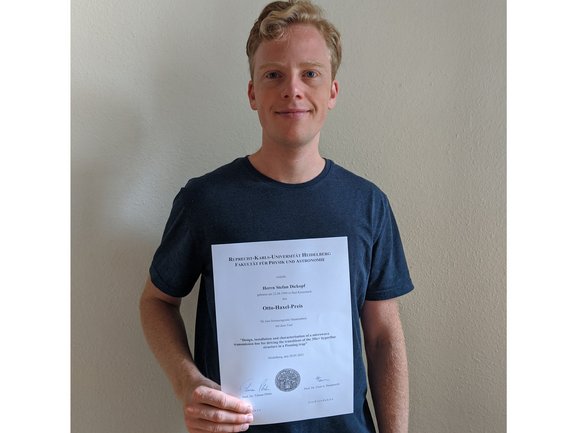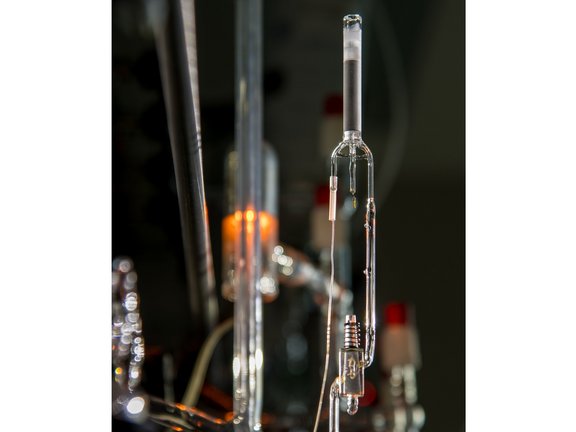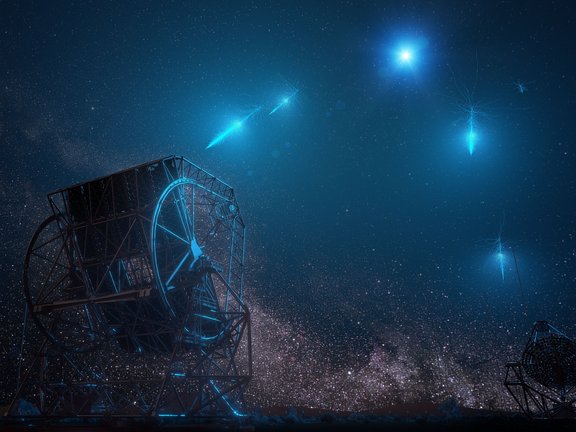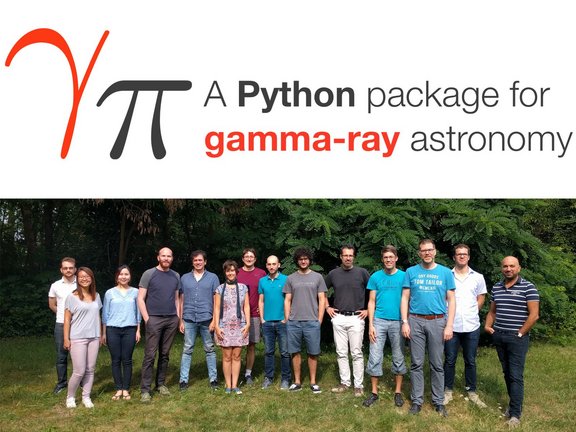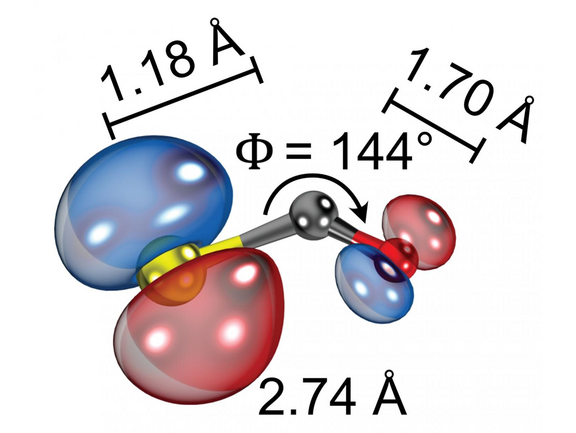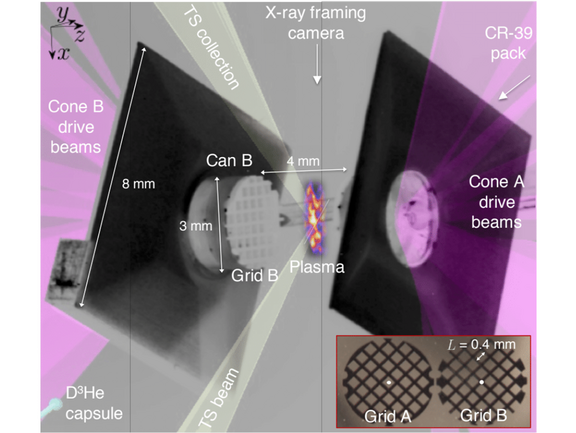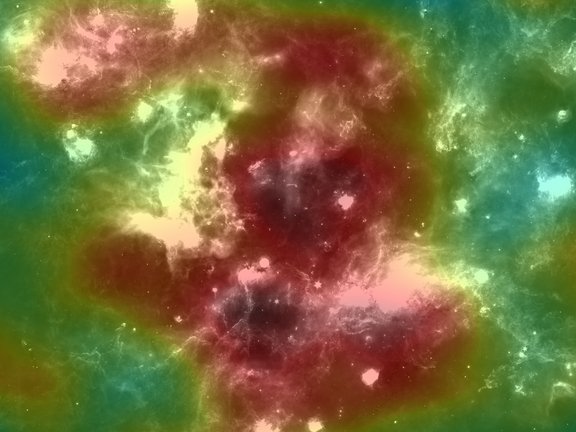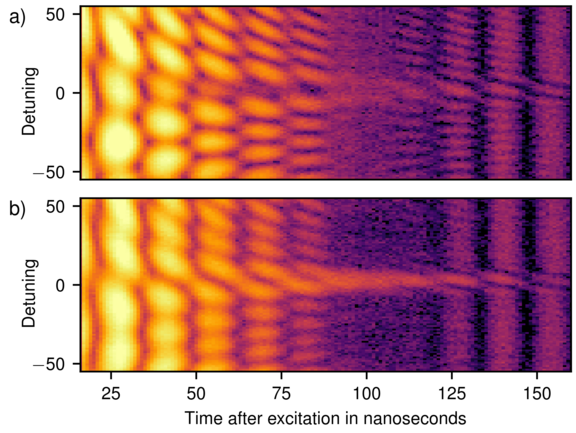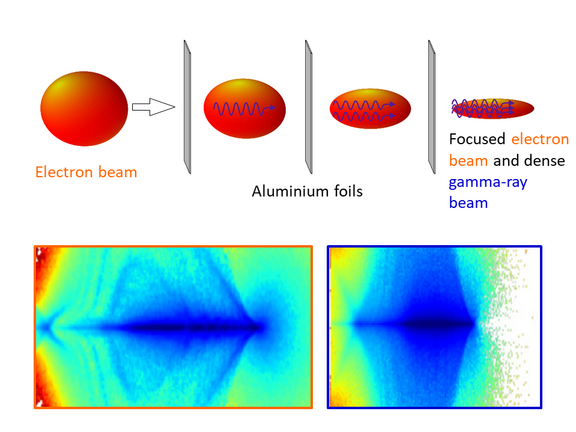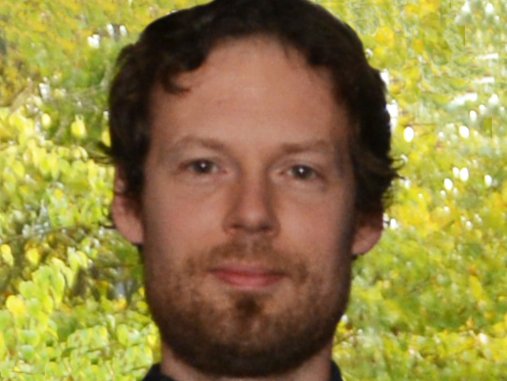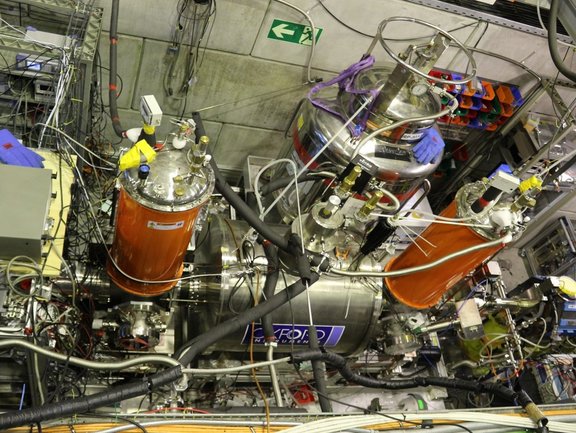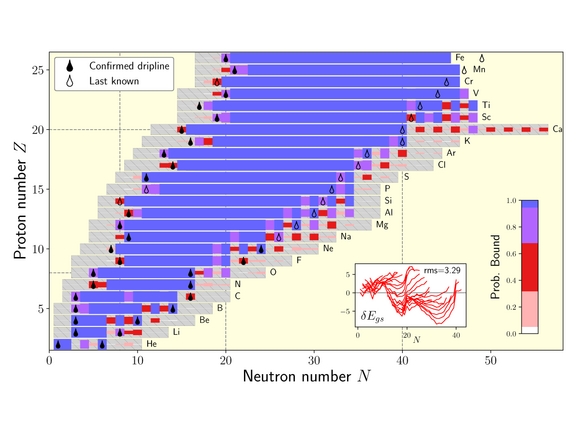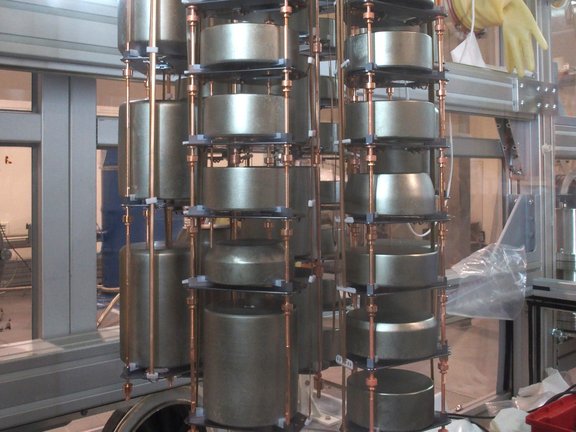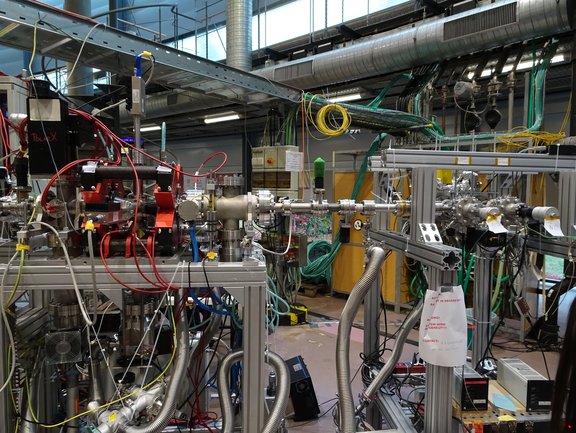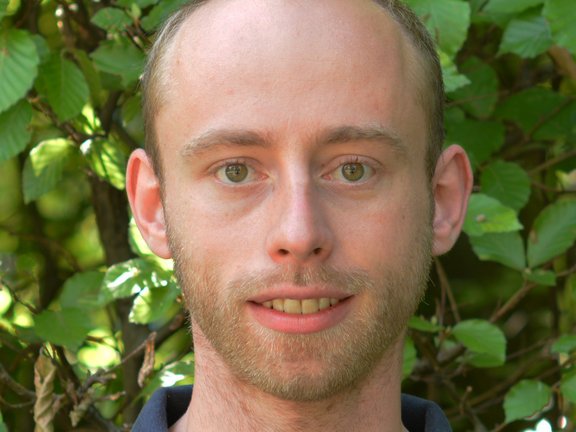All News
Otto-Haxel-Preis for Stefan Dickopf
For his outstanding achievements and the best experimental work in his master's degree, Stefan Dickopf receives this year's Otto Haxel Prize from the…
Extreme purity for the hunt for dark matter
XENON1T, the world's most sensitive detector for the direct detection of dark matter, has enormous purity requirements, and even the tiniest amount of…
Very-high-energy afterglow of a gamma-ray burst challenges emission scenarios
Researchers from the H.E.S.S. Collaboration succeeded to derive the intrinsic spectrum of the very-high-energy gamma-ray afterglow emission of a…
Gammapy choosen as official Science Tools for CTA
The analysis of observational data in gamma-ray astronomy requires specialised analysis methods and software to reach the highest possible sensitivity…
Exploring the Strong Interaction in the Universe
Achim Schwenk, Professor of Nuclear Physics at TU Darmstadt and Max Planck Fellow at the Max Planck Institute for Nuclear Physics in Heidelberg, has…
Determining the structure of a molecule with laser-induced electron diffraction
Researchers show how laboratory-frame photoelectron spectra can be used directly to determine the molecular structure with atomic precision from…
Experiments watch turbulent dynamo amplifying magnetic fields
An international collaboration, co-led by the University of Oxford and University of Rochester together with the Astrophysical Plasma Theory group at…
Could Star Clusters be “PeVatrons”?
HAWC has detected cosmic gamma rays with energies up to at least 200 Teraelectron volt (TeV, 1012 eV) from the direction of the “Cygnus Cocoon”. This…
X-ray double flashes control atomic nuclei
A team of researchers from the Max Planck Institute for Nuclear Physics in Heidelberg has coherently controlled nuclear excitations using suitably…
Funding for Florian Goertz's group extended
Due to the excellent result of an external review and a positive statement of the institute, the Max Planck Society has extended the funding of the…
Measuring chirps at extremely high frequencies
A new method provides an ultrafast plasma switch, which temporally cuts off parts of high-frequency light flashes. Carried trillions of times faster…
BASE opens up new possibilities in the search for cold dark matter
The Baryon Antibaryon Symmetry Experiment (BASE) at CERN’s Antimatter Factory has set new limits on the mass of axion-like particles – hypothetical…
Limits of atomic nuclei predicted
Novel calculations have enabled the study of nearly 700 isotopes between helium and iron, showing which nuclei can exist and which cannot. In an…
Jonas Karthein receives the Wilhelm and Else Heraeus Dissertation Prize 2020
For his PhD thesis on "Next-Generation Mass Spectrometry of Exotic Isotopes and Isomers" Dr. Jonas Karthein was awarded the Heidelberg Wilhelm and…
New Managing Director
At the turn of the year, Prof. Dr. Jim Hinton on a rotational basis took over the Institute management of MPIK. Deputy for the next 18 months is…
Another milestone in the search for neutrinoless double-beta decay
The GERmanium Detector Array (GERDA) experiment at the Laboratori Nazionali del Gran Sasso (LNGS) of INFN, Italy, has reported its final results on…
No longer “faster than permitted by our galaxy” ...
A collaboration between the groups of Maurice Leutenegger, José Crespo and Sven Bernitt from NASA Goddard Space Flight Center, MPIK, Helmholtz…
Jason Mather erfolgreich als Feinmechanik-Azubi
Glückwunsch zum Sieg im Leistungswettbewerb des Deutschen Handwerks
Stern-Gerlach Medal for Joachim Ullrich
Joachim Ullrich, PTB President and External Scientific Member of the MPIK, receives the DPG’s most prestigious award in the field of experimental…
